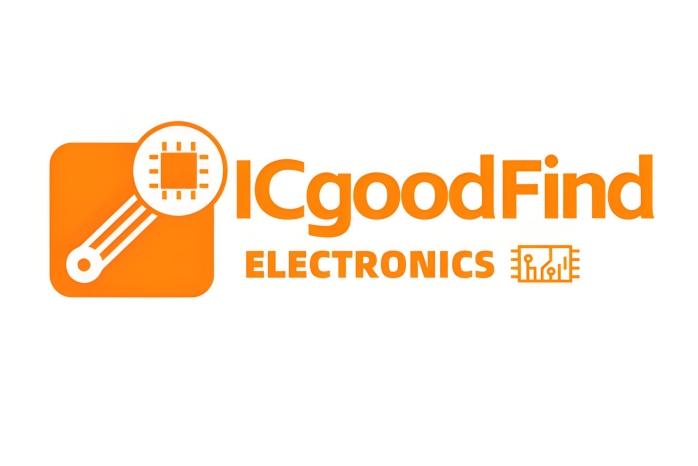**The AD7305BRU: A Comprehensive Technical Overview of Dual 8-Bit DAC Performance and System Integration**
In the realm of digital-to-analog conversion, the ability to translate digital signals into precise analog outputs is fundamental to countless applications, from industrial control to audio processing. The **AD7305BRU from Analog Devices** stands out as a robust, dual-channel, 8-bit DAC that exemplifies high performance and ease of system integration. This article delves into the technical specifications, key features, and practical integration aspects of this versatile component.
At its core, the AD7305BRU integrates **two complete 8-bit voltage-output DACs** on a single monolithic chip. Each DAC is equipped with its own input latch, allowing for simultaneous or individual updates of the analog output channels. Operating from a single **+2.7 V to +5.5 V supply**, it is exceptionally suited for both portable, battery-operated devices and larger-scale embedded systems. The DACs utilize a segmented architecture, which enhances accuracy and minimizes glitch energy during major code transitions—a critical factor for maintaining signal integrity.
A standout feature of the AD7305BRU is its **serial interface**, which is compatible with SPI, QSPI, and MICROWIRE protocols. This serial configuration drastically reduces the number of microcontroller I/O lines required for communication, making it an ideal choice for space-constrained PCB designs. The interface operates at clock rates up to 30 MHz, enabling high-speed data transfer essential for real-time control applications.

The performance metrics of the AD7305BRU are impressive for its resolution class. It offers a **typical settling time of 4 µs to ±0.5 LSB**, ensuring fast response to digital input changes. The device exhibits excellent linearity, with a maximum **integral non-linearity (INL) error of ±0.5 LSB** and differential non-linearity (DNL) error within ±0.5 LSB, guaranteeing monotonicity across the entire output range. Furthermore, its low power consumption, typically 1.5 mW at 3 V, aligns perfectly with power-sensitive designs.
**System integration** is where the AD7305BRU truly shines. The inclusion of an on-chip, precision output buffer amplifier is a significant advantage. This buffer can drive output voltages with a range of 0 V to VREF, where the reference voltage (VREF) can be set anywhere between 1 V and VDD. This flexibility allows designers to set the full-scale output range to match the specific requirements of the downstream circuitry, such as an amplifier or an actuator. The dual DACs can be used in numerous configurations: generating two independent analog control signals, creating a differential output, or even working in tandem to produce a single, higher-resolution output through interpolation techniques.
The device is offered in a compact **16-lead TSSOP package (RU)**, which is advantageous for high-density board layouts. Its design also incorporates a power-on reset circuit that ensures the DAC outputs are set to zero scale at startup, preventing spurious signals during system initialization—a vital feature for safety-critical systems.
In conclusion, the AD7305BRU represents a highly integrated and performance-optimized solution for applications requiring dual-channel digital-to-analog conversion. Its combination of a flexible serial interface, low power operation, excellent DC accuracy, and robust output driving capability makes it a reliable building block for modern electronic systems.
**ICGOO**D**FIND**: The AD7305BRU is a superior choice for designers seeking a compact, dual-channel DAC that delivers on performance, power efficiency, and seamless integration.
**Keywords**: **Dual 8-Bit DAC**, **SPI Interface**, **Low Power Consumption**, **Voltage Output**, **System Integration**
